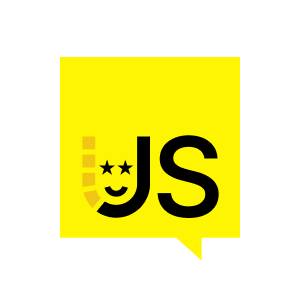First question is from Sissy Miller, how would you handle the scenario where the vulnerability is a valid issue for the app but can't be updated because other things are not compatible with the fix? So if I understood correctly, there is a valid security vulnerability, so it's like a confirmed vulnerability, there's no fix. And how should we handle that, is that was the question? Yeah. Yeah. And there's also compatibility issues. Yeah.
Okay, there's compatibility issues. That's something you have to figure out with your security team. And so I can say that the customers do this, I can say that a couple years ago, I'm pretty sure the Allianz probably still does this. You have to find that balance, right? And often even in large organizations, you'll have basically a contract, okay? It's going to be locked. You're deploying something that has a known vulnerability, and you have however many days or hours to actually fix it, and you have to make that decision, right? There's a vulnerability if the team or the business owner, the product owner says, we go anyway, okay, then the clock starts ticking after you go into production and you fix it by then and that might mean rolling back. So there's always going to be a contract, I think, between all the different stakeholders in your organization, and that includes the security team. And I think the hardest thing is to find the right amount of confidence. The example I said, it's a valid security issue, but what is the chance of it happening? There's no such thing as 100% security. I think you just have to evaluate it, take a little bit of a risk, and figure out what is right for you. Yeah, I agree.
Next question is from Jessica. How often should we revisit what good looks like? We have to start somewhere, and how do we know how often we should optimize for success? I think you know in your gut. So you never reach perfect. And it's funny because I show demos at work all the time and in webinars. And I'm like, oh, we're doing this now. And then like five months later, I would totally do it differently now. And so as you kind of work with what you've built or as other people join your team, as you get new experience, but you might change it. And whether or not you have the time to change it, that's going to be dependent on what's your workload, how much time do you have, do you have to prioritize features, et cetera. So you're probably going to be doing it all the time and you will never reach perfect. And I think if you reach perfect, I'm like, that's an interesting bar. Or you have something that, there are some services, you deploy it and they're done. You don't really, like if it's not a customer facing, let's just say it's an API to consume, some things are kind of done and you don't update them regularly, maybe for some security maintenance. But same thing then with automation, it's kind of done, so. Yeah, I'm thinking of, I don't know where I got this wisdom from, but I once heard, if you're looking at something you built a year ago or two years ago, and you're not ashamed of it, that's a bad thing, right? Cause that means you have not progressed in your knowledge for a year or two years. And you mentioned half a year, half a year is like acceptable, right? But yeah, if you, and of course you don't need to progress if you're fine where you are, then you're fine.























Comments